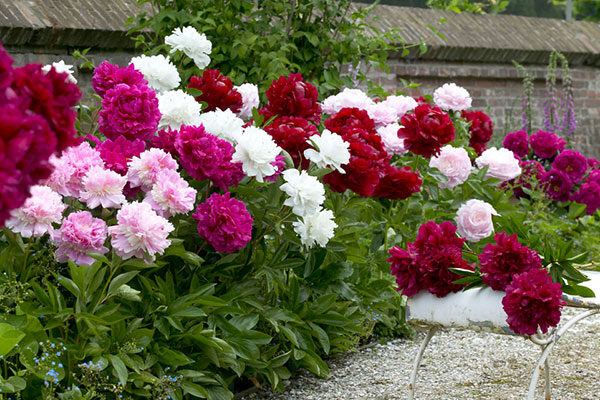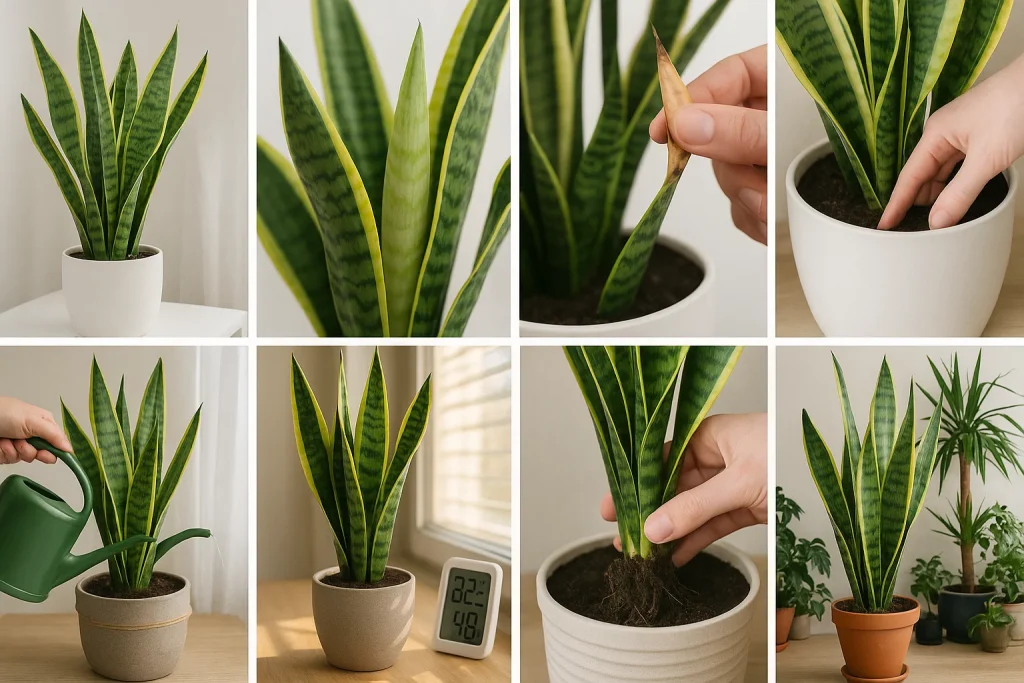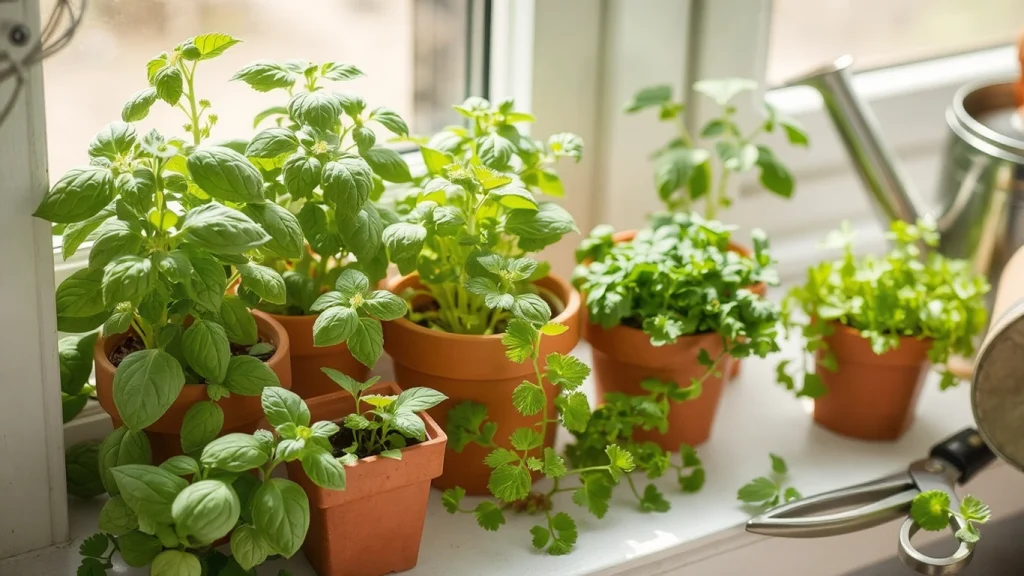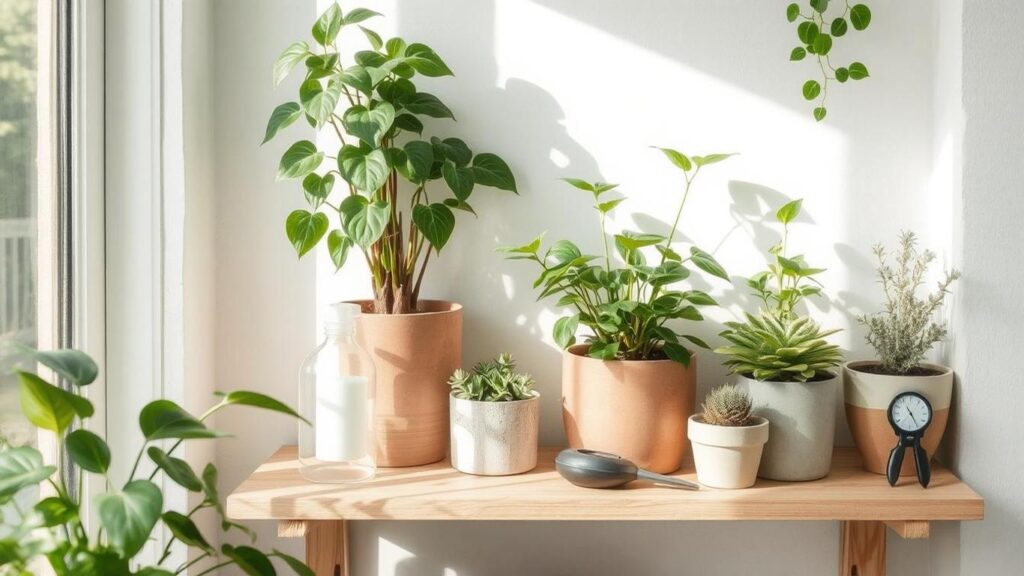How to Care for Succulents Indoors
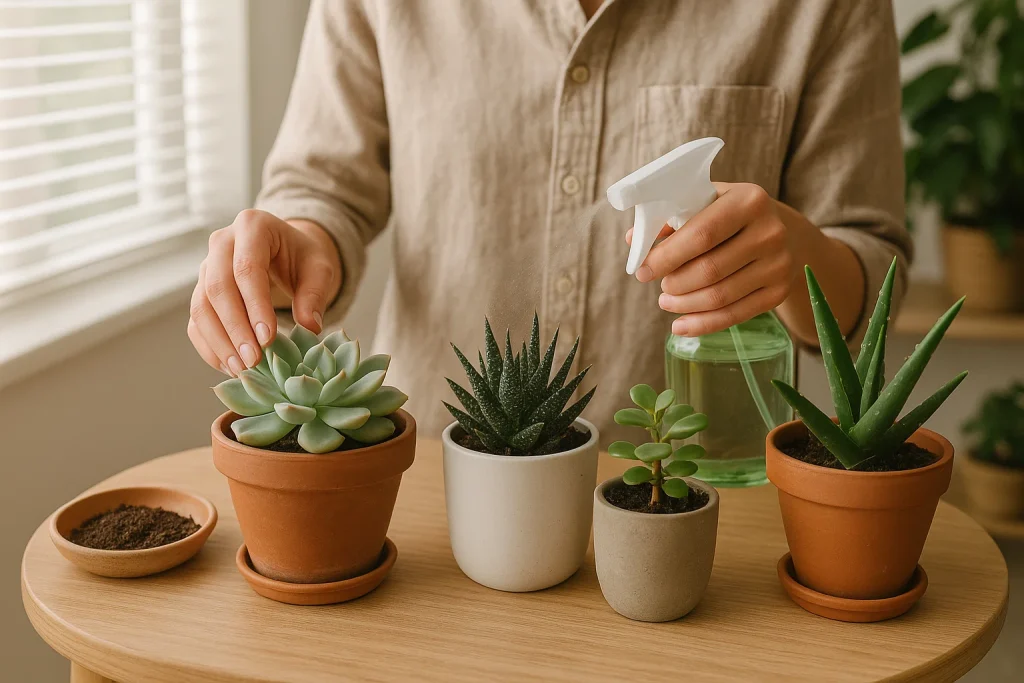
Succulents are the perfect addition to any home, offering a vibrant pop of greenery with minimal effort. Whether you’re new to plant care or a seasoned gardener, succulents are incredibly easy to take care of indoors, making them ideal for apartments, offices, and even small spaces. If you’ve ever wondered how to keep your succulent plants thriving inside, you’re in the right place. In this guide, we’ll explore the essentials of succulent care, from watering to sunlight, so you can enjoy their beauty for years to come.
Why Succulents Are Perfect for Indoor Spaces
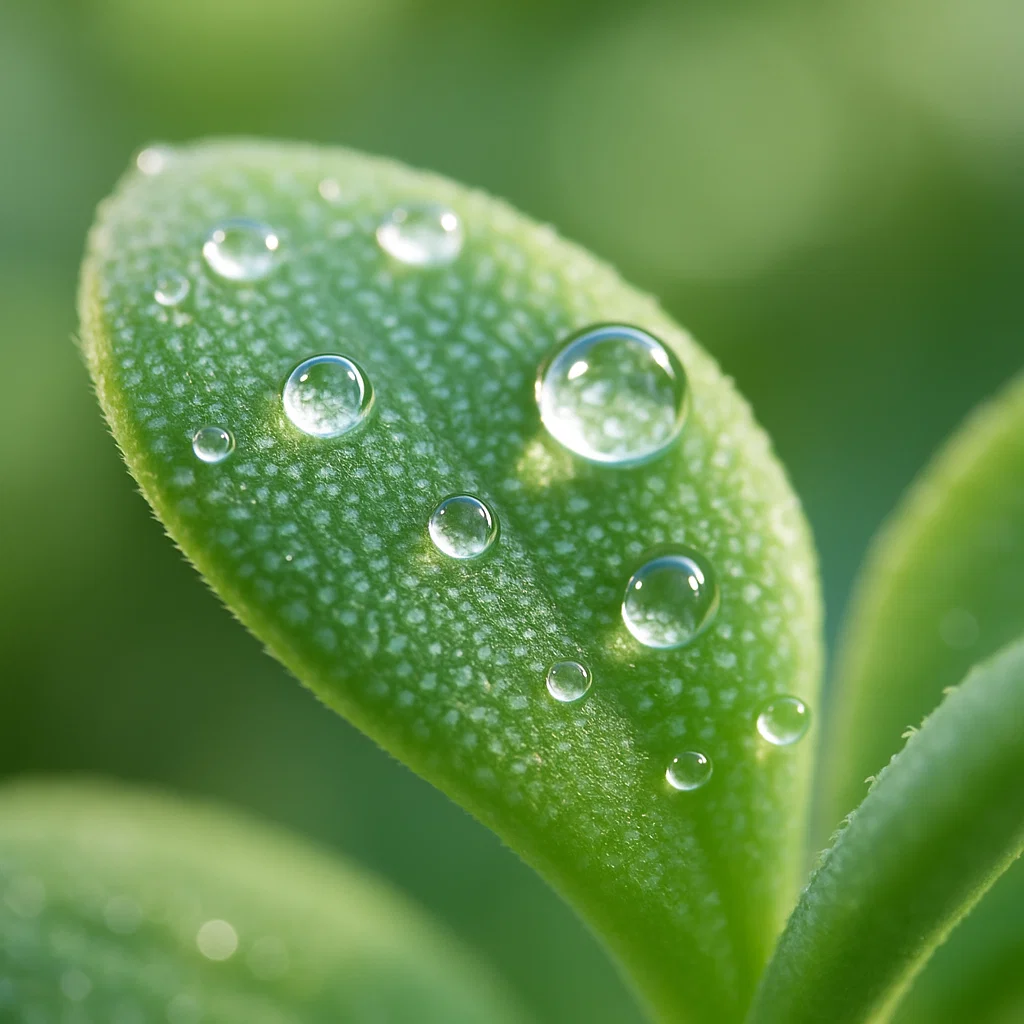
Succulents are known for their ability to store water in their leaves, making them incredibly drought-tolerant. This trait is what makes them so well-suited for indoor environments, where they often don’t need as much attention as other plants. With a little love and the right conditions, succulents can thrive indoors, adding a touch of nature to your home without demanding too much of your time.
Finding the Right Spot for Your Succulent
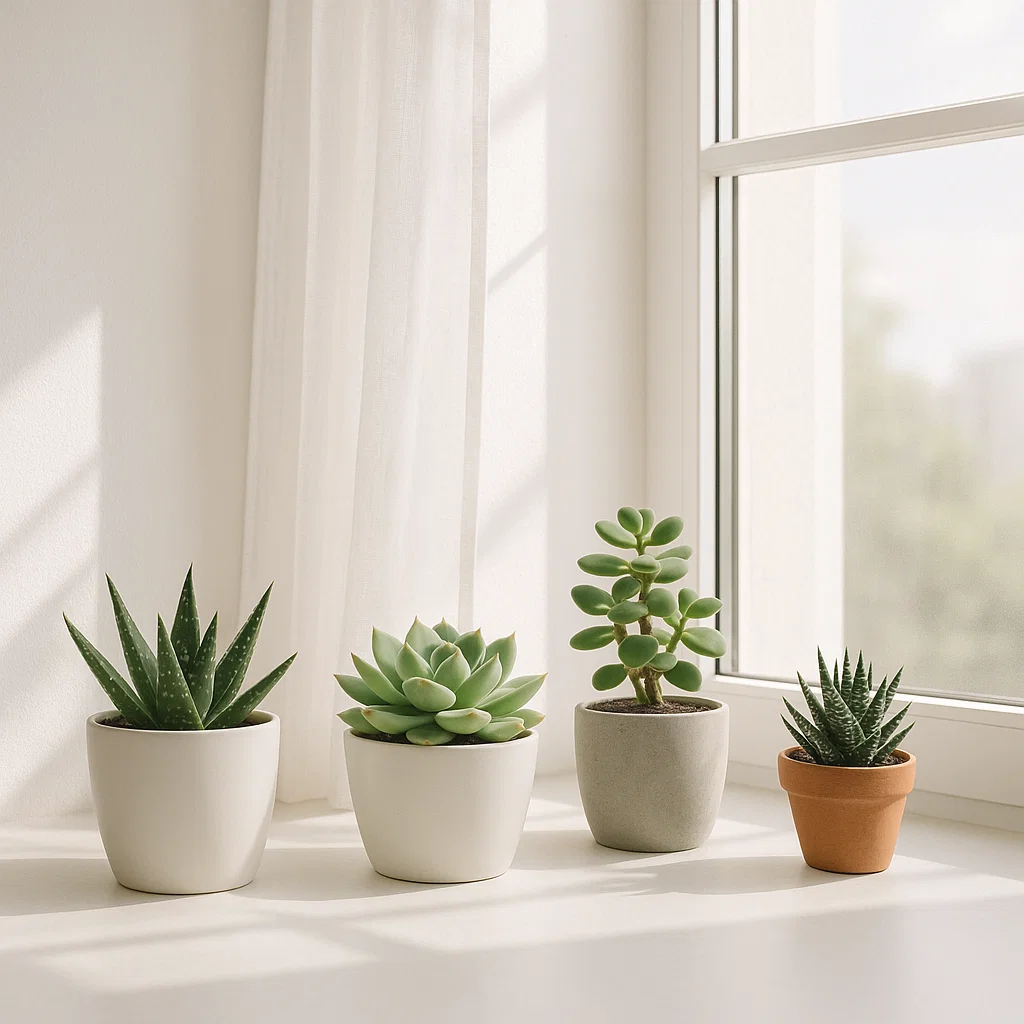
One of the most important factors in succulent care is choosing the right location. Succulents thrive in areas with bright, indirect sunlight. They can tolerate a bit of direct sun, but too much exposure can cause their leaves to burn, so it’s important to find the right balance.
Where to Place Your Succulent
- Near a window: A south or west-facing window is often ideal, as it provides the most sunlight during the day.
- Avoid dark corners: Succulents don’t do well in low-light conditions, so avoid placing them in dark areas where they won’t get the necessary light.
- Temperature considerations: Succulents prefer temperatures between 60°F to 80°F (16°C to 27°C). Keep them away from drafts, air conditioners, or heating vents that can cause temperature fluctuations.
Watering Your Succulent
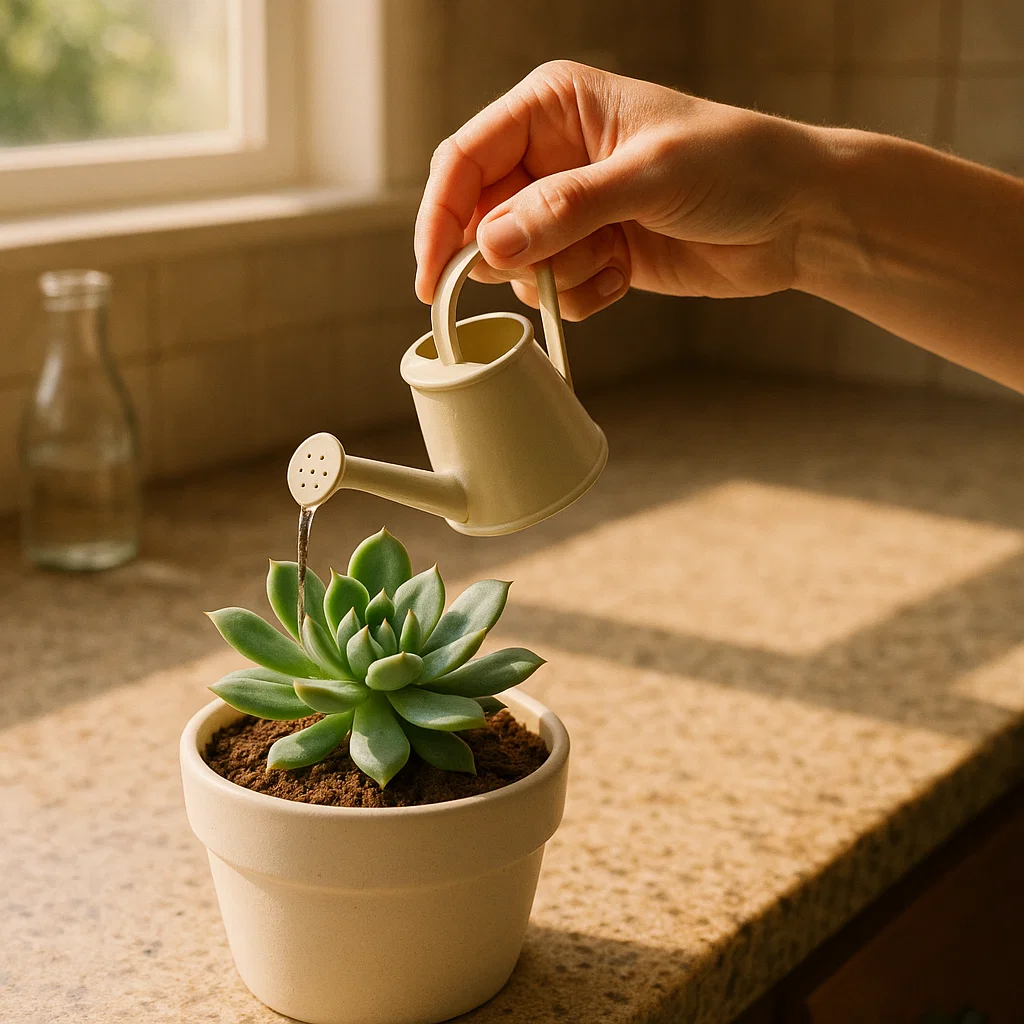
Watering is often the trickiest part of succulent care, as they don’t need frequent watering, but they do need the right amount when they do. Overwatering is the number one cause of succulent death, so it’s important to understand the signs of when your plant is thirsty and when it’s not.
When and How to Water
- Water thoroughly, but infrequently: The best approach is to water your succulents deeply, but only when the soil is completely dry. This could mean watering once a week or once every two weeks, depending on the climate and indoor conditions.
- Check the soil: Stick your finger into the soil about an inch deep. If it’s dry, it’s time to water. If it’s still moist, wait a few days before checking again.
- Drainage: Make sure your pot has good drainage. Succulents do not like sitting in water, so a pot with a drainage hole is a must. This helps prevent root rot, which can be fatal to succulents.
The Right Soil for Succulents
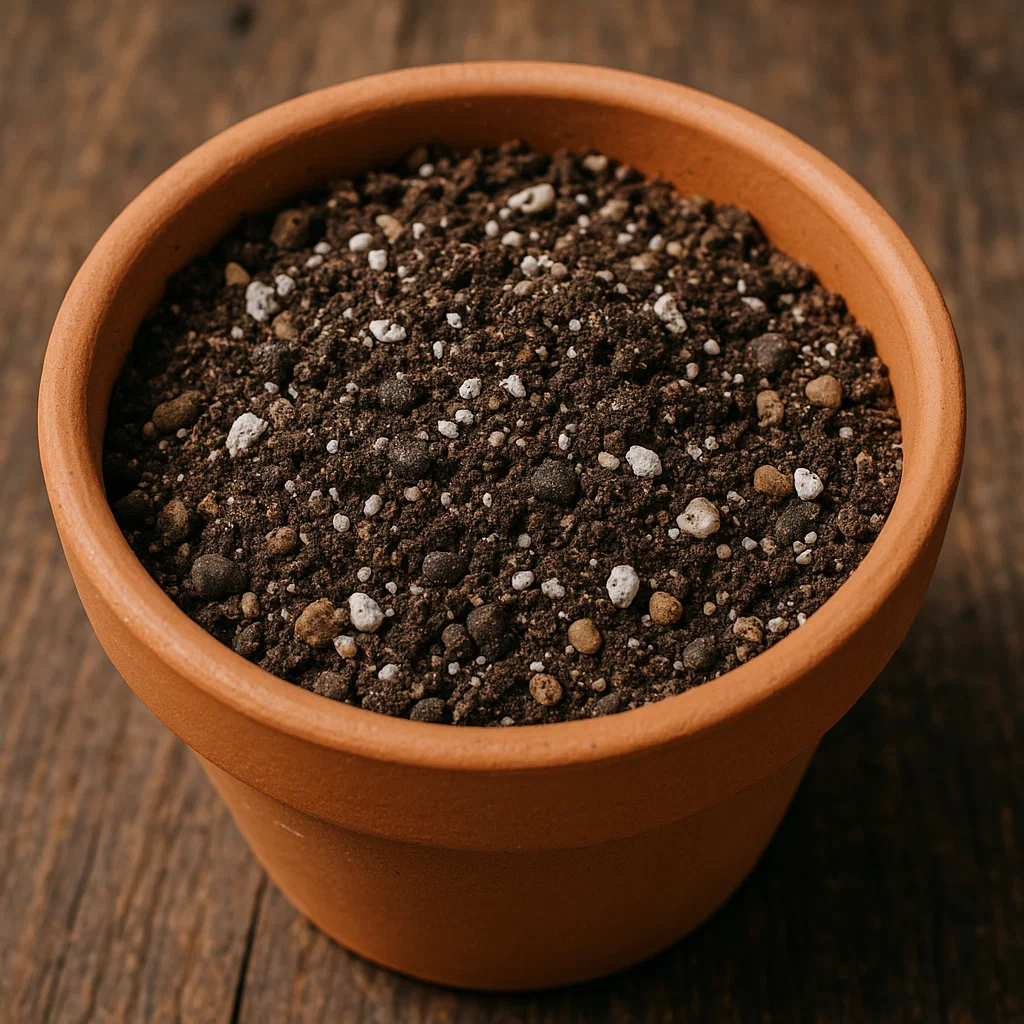
While succulents are not particularly fussy about soil, the right type can make all the difference. Choose well-draining soil that allows water to flow freely, as this helps prevent water from accumulating around the roots.
- Cactus or succulent mix: You can buy specialized succulent or cactus soil from most gardening stores, which provides the drainage your plant needs.
- DIY mix: If you prefer, you can make your own mix by combining regular potting soil with sand or perlite for improved drainage.
Fertilizing Succulents
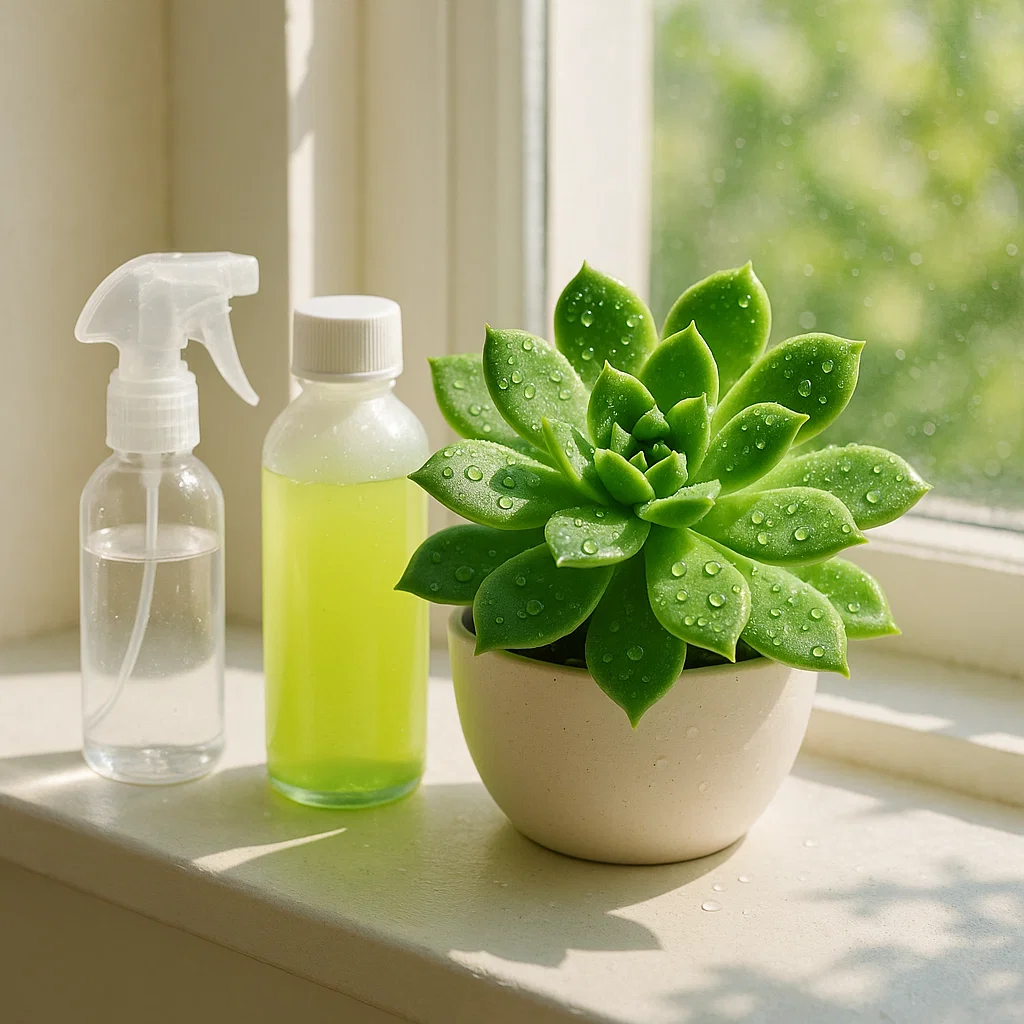
Succulents don’t need much in the way of fertilizers. In fact, too much fertilizer can harm them. However, they do benefit from a light feeding during the growing season (spring and summer) to promote healthy growth.
- Use a diluted liquid fertilizer: Opt for a balanced, water-soluble fertilizer, diluted to about one-quarter of the recommended strength.
- Feed once a month: During the growing season, feed your succulent once a month. In the fall and winter, when succulents are in a dormant phase, stop fertilizing altogether.
Pruning and Maintenance

While succulents are low-maintenance, they do benefit from occasional trimming. This keeps them looking neat and healthy.
- Remove dead leaves: Gently remove any dead or shriveled leaves from the base of the plant to keep the plant looking clean and encourage new growth.
- Trim long stems: If your succulent is becoming leggy (tall and thin), it might be trying to reach for more light. Trim the long stems and propagate them if you like.
Common Problems with Indoor Succulents
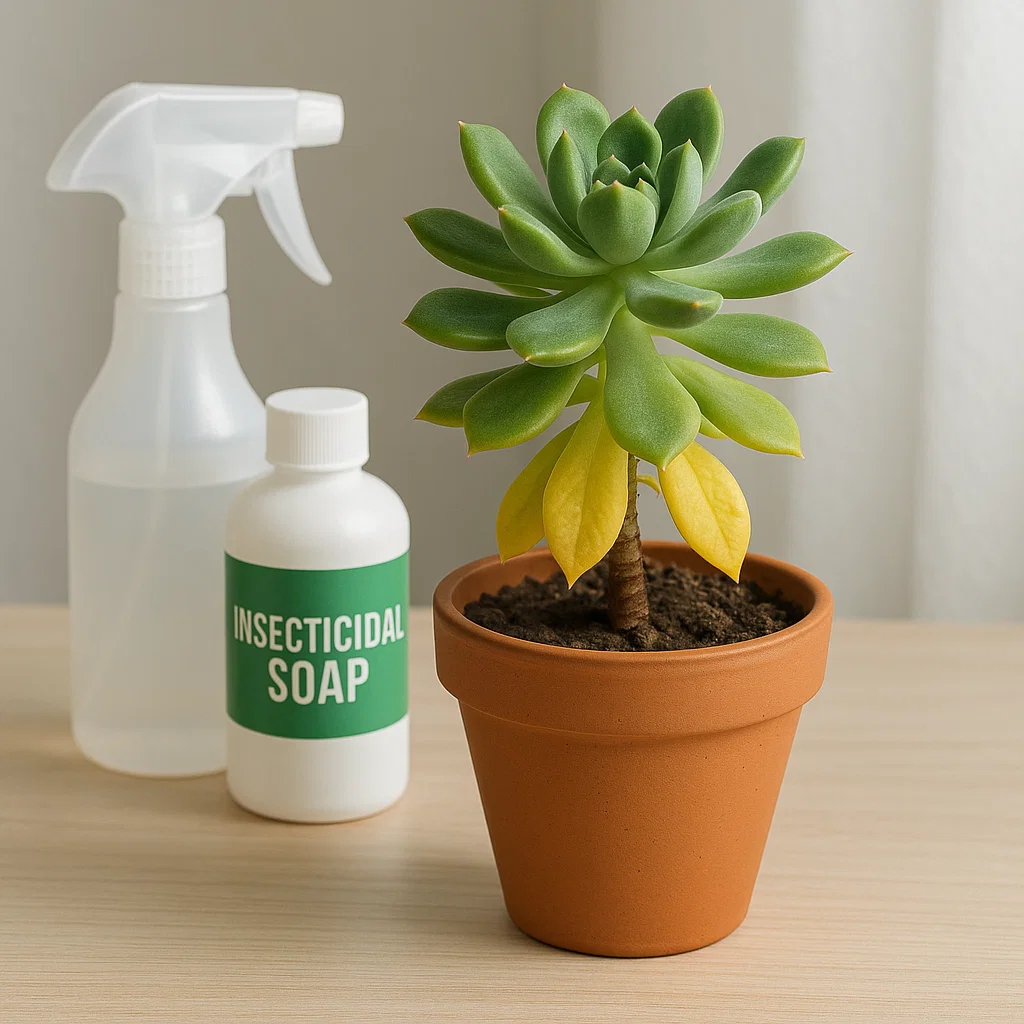
Even though succulents are relatively easy to care for, they can still face issues. Here are some common problems and how to address them:
- Yellowing leaves: This often indicates overwatering. Allow the soil to dry out completely before watering again.
- Leggy growth: If your succulent is becoming tall and sparse, it might not be getting enough sunlight. Try moving it to a brighter spot or providing a grow light.
- Pests: Although succulents are relatively pest-resistant, they can sometimes attract mealybugs or aphids. Treat them with insecticidal soap or wipe the leaves with a damp cloth to remove any pests.
The Joy of Indoor Succulents
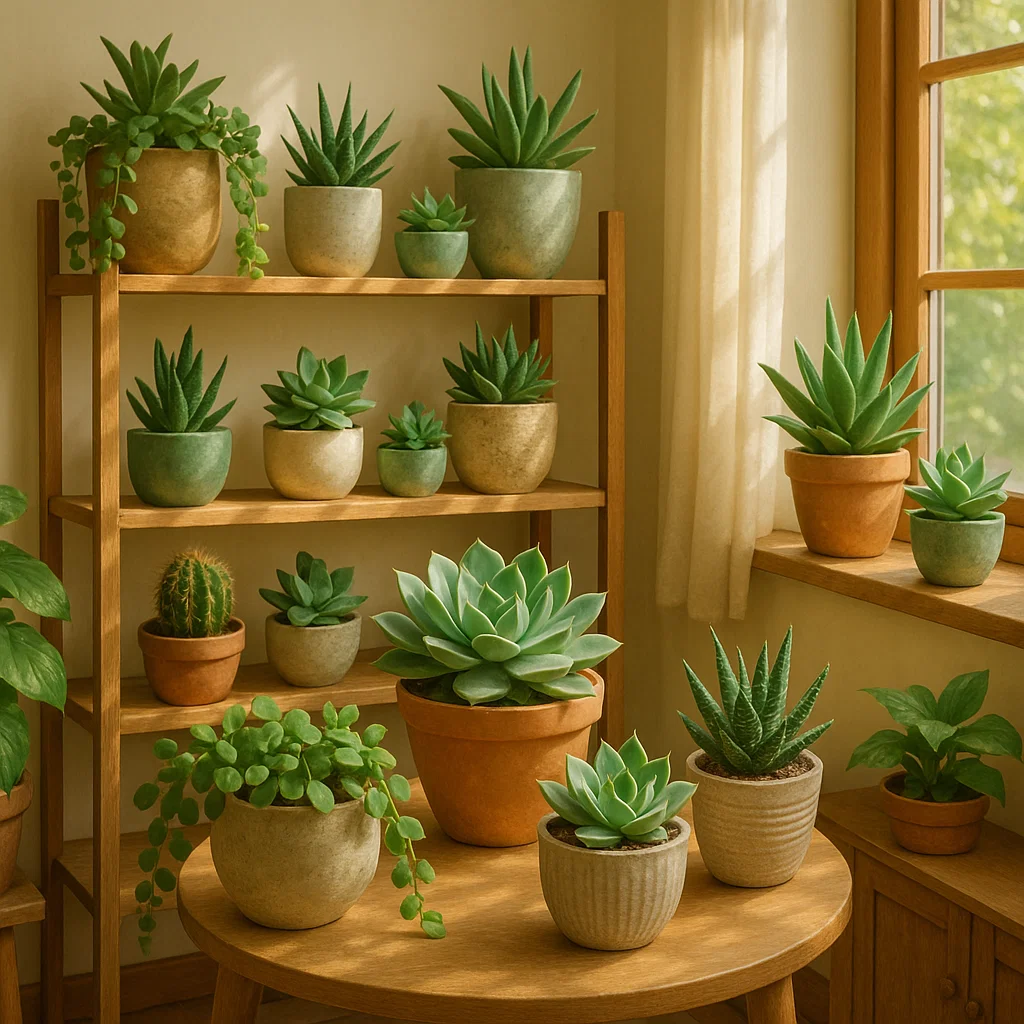
Taking care of succulents indoors is a simple, rewarding experience. With just a little attention, you can enjoy their beauty and benefits in your home for years to come. Whether you’re a beginner or an experienced gardener, succulents offer a low-maintenance way to bring the outdoors inside.
Remember, the key to succulent success is giving them the right amount of sunlight, watering them when the soil is dry, and using well-draining soil. With a little patience and care, your indoor succulents will thrive and bring a touch of nature into your home, making every room feel just a little bit brighter.
